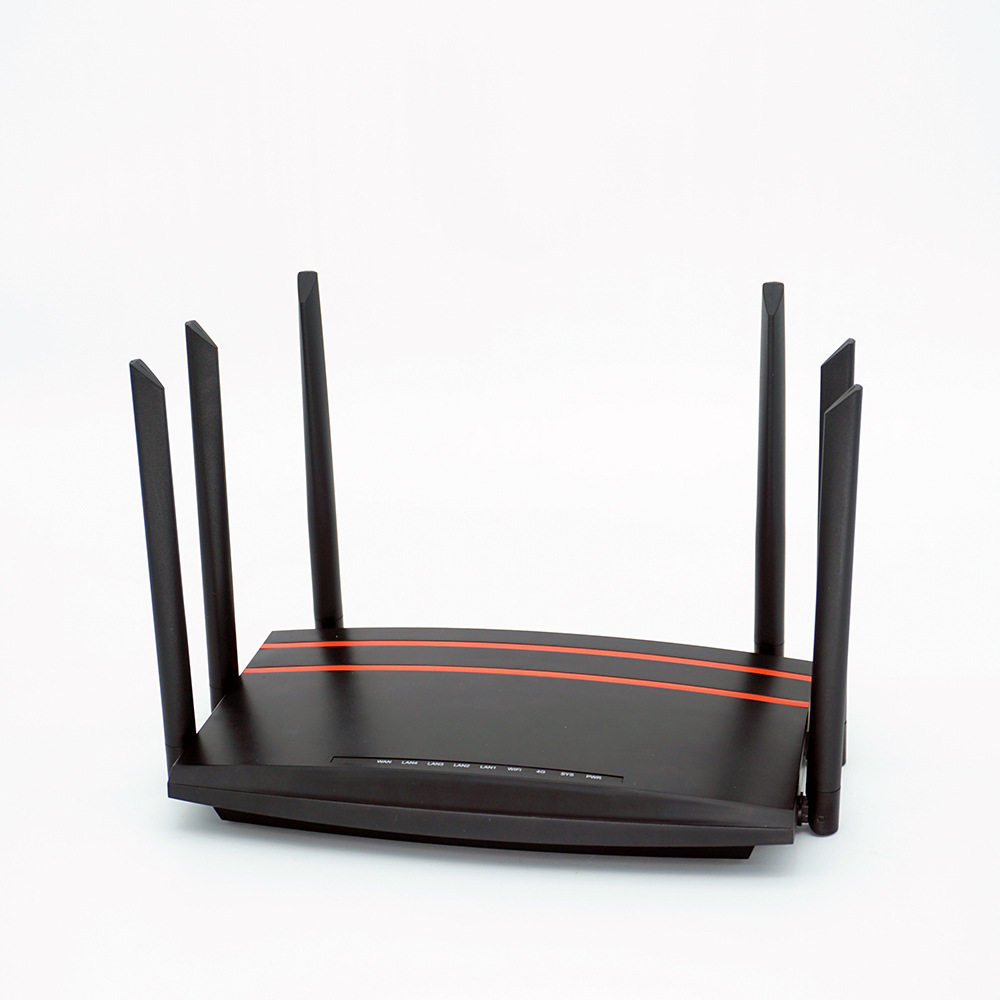In today’s hyper-connected world, WiFi routers have become an integral part, integrating seamlessly into our daily lives. Todahike is an industry pioneer and has always been at the forefront of technological developments, constantly pushing boundaries to deliver unparalleled connectivity solutions. Let’s take a look back at the history of WiFi routers and discover how Todahike played a key role in shaping the wireless networking landscape.
The Dawn of WiFi: Early Innovation
The story of WiFi routers begins in the late 1990s, a period when wireless technology was in its infancy. Early routers were basic and offered limited speed and coverage. They rely on the 802.11b standard, which offers a maximum speed of 11 Mbps. Todahike entered the space with a mission to revolutionize wireless connectivity, launching its first router in 2000, which was one of the most reliable and user-friendly devices at the time.
2000s: 802.11g and 802.11n gain momentum
As the new millennium dawns, the need for faster, more reliable Internet continues to grow. The introduction of the 802.11g standard in 2003 marked an important milestone by offering speeds of up to 54 Mbps. Todahike has launched a range of innovative routers that leverage this new technology, providing users with enhanced performance and wider coverage.
The emergence of the 802.11n standard in 2009 changed the game, offering speeds up to 600 Mbps. Toda Hick’s response was swift and impactful. The company’s routers not only support the new standard, but also introduce features such as multiple-input multiple-output (MIMO) technology, which significantly improves signal strength and reliability.
2010s: 802.11ac embraces gigabit speeds
The 2010s were marked by an exponential growth in connected devices, from smartphones to smart home devices. The 802.11ac standard, introduced in 2013, addresses this need by delivering gigabit speeds. Todahike is leading the way with a line of high-performance routers that take advantage of 802.11ac capabilities. These routers use advanced beamforming technology to deliver targeted WiFi signals for better coverage and speed.
The modern era: WiFi 6 and above
The emergence of WiFi 6 (802.11ax) marks the latest chapter in the evolution of WiFi routers. This new standard is designed to operate efficiently in high-density environments, delivering unprecedented speeds, increased capacity and reduced latency. Todahike has embraced WiFi 6 with its latest line of routers, which feature OFDMA (orthogonal frequency division multiple access) and MU-MIMO (multi-user, multiple-input, multiple-output) technologies. These advancements ensure that multiple devices can connect simultaneously without impacting performance.
Todahike’s Commitment to Innovation
Throughout its history, Todahike has remained committed to innovation and excellence. The company’s routers are known for their robust security features that ensure users’ data is protected. Additionally, Todahike is the first to integrate smart technology into its routers, offering an intuitive mobile app to easily manage and monitor your home network.
Looking Ahead: The Future of WiFi
Looking to the future, Todahike continues to lead the development of next-generation WiFi technology. With WiFi 7 on the horizon, promising greater speeds and efficiency, Todahike is ready to deliver cutting-edge solutions that further enhance the way we connect and interact with the digital world.
All in all, the evolution of WiFi routers has been a remarkable journey, driven by technological advancements and the ever-increasing need for better connections. Todahike’s unwavering commitment to innovation has made it a leader in this dynamic industry, consistently delivering products that set new benchmarks for performance, reliability and user experience. As we continue to move forward, Todahike remains committed to pushing the boundaries of what is possible, ensuring that the future of WiFi is bright and full of exciting possibilities.
Post time: May-23-2024




